Shooting soccer with the Olympus E-M1X paired with the (gasp!) Panasonic 50-200mm f/2.8-4
posted Wednesday, May 1, 2019 at 5:57 AM EDT

Wake up with IR... Here's today's cup of Caffeine Priority.
I've long loved products from both primary Micro Four Thirds camps, Olympus and Panasonic. They've both been innovative across many varied fronts while still keeping most of their bodies and lenses relatively small and light compared to APS-C and Full Frame offerings. And, of course, they share the same lens mount. Then one day it dawned on me...
...Why have I not mixed it up more?
Heading out to shoot my son's soccer game on a nice April afternoon gave me the perfect opportunity last weekend, and I wanted to share the results with you MFT fans out there. After all, C-AF is a rather tough test of a camera-lens combination, especially where fairly shallow depths of field are coming into play, and I honestly had no idea how these offerings from different camps would perform together in that fray.
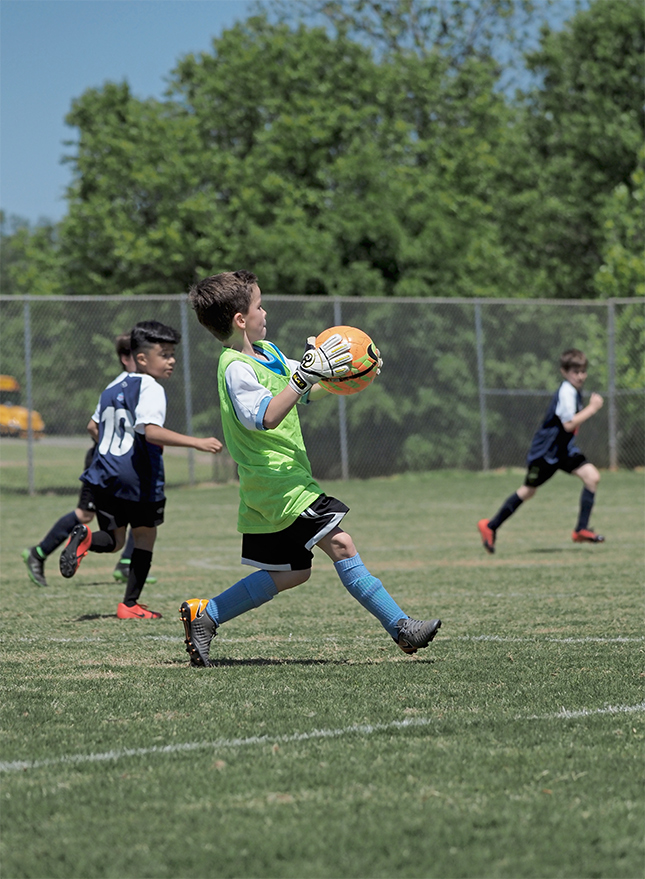
Olympus makes a 40-150mm f/2.8 Pro sports zoom of course, long popular with IR readers and Olympus fans, and which reaches out to a 300mm eq. field of view. That's a lot of zoom, but 400mm eq. is all the more enticing, even if the Panasonic 50-200mm f/2.8-4 does dim to f/4 by the full zoom reach. I knew I was taking a chance, but it seemed like a fun bet to try. I'd already had the opportunity to shoot with both the E-M1X along the coast and the 50-200mm f/2.8-4 for an initial gallery post back when it arrived at our headquarters, so was certainly familiar with both offerings, but was ultra-curious about the C-AF interaction.
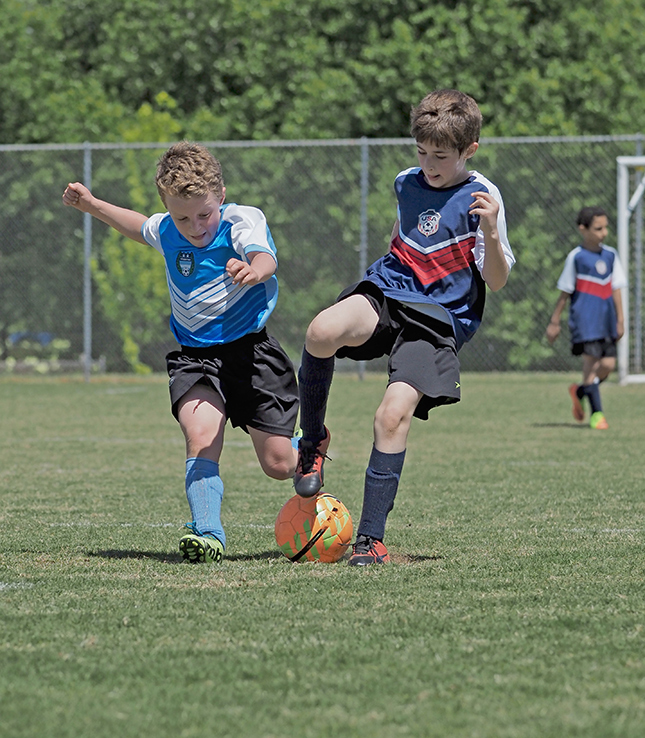
Let's face it: C-AF is about a camera and a lens talking to each other *a lot* and in extremely rapid bursts of communication. On the best of days you're fortunate to have success even when both products come from the same manufacturer. We're technologically savvy folks here at IR, but there are just so many deep-dive areas of technological depth these days that some subjects remain elusive, and one such for me was the simple question of how these two products from differing companies would perform at C-AF. I didn't have time to ask the question before heading out, and am not even sure any of my colleagues would have known the answer right off the bat. I'd imagine most would just say: "Hey... go try it out and see!"

The widest angle of view available from this lens is on display here.
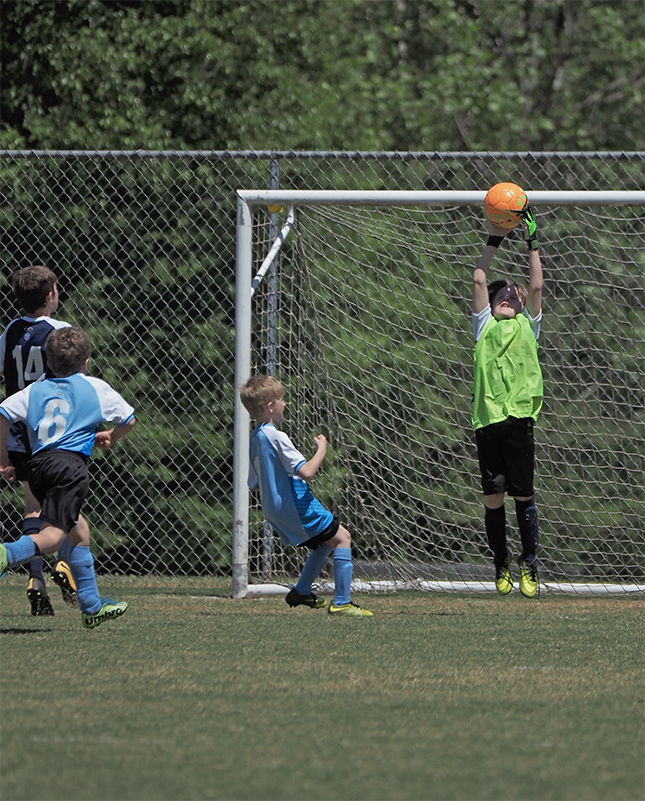
Getting to the other side of the soccer field with a zoom lens for this shot
needed a lot more reach than a traditional sports zooms could manage.
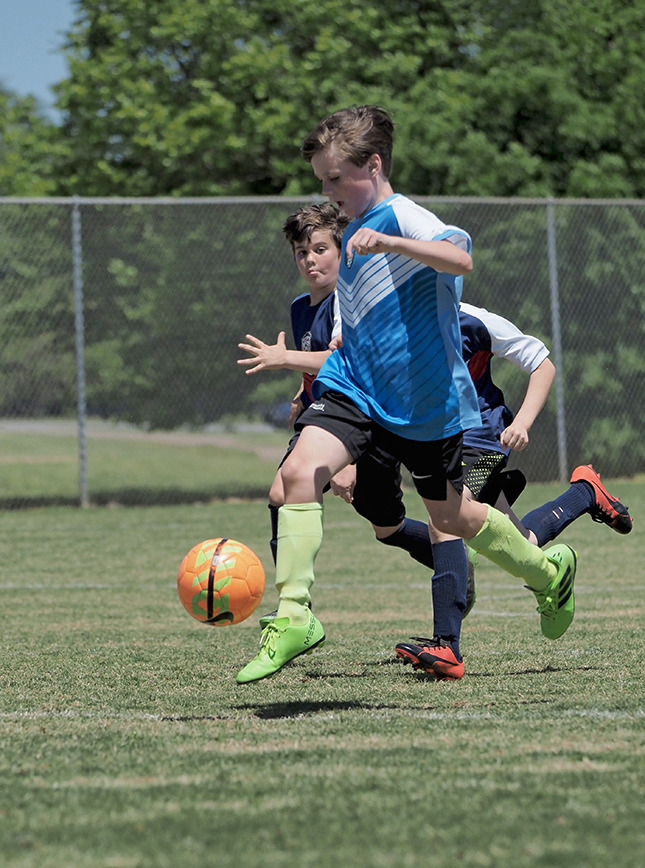
Focus on this shot jumped to the defending player, but since he was near the focus point near center that's just the luck of the draw. I still like the shot, and it also showcases once again that the depth of field from this combination tends to be fairly shallow, which is both good and tricky.
Of course, it's important to point out that these two competing systems use vastly different forms of autofocus. The E-M1X employs phase detect, while most current Panasonic bodies us a proprietary system called DFD ("Depth From Defocus") that is not at all similar to a phase detect system. I mention this because while the lens mount dimensions and specifications are the same, the nature in which the manufacturers' cameras and lenses talk to each other and handle C-AF are radically different. Not being a lens designer myself, I simply had no idea ahead of time if this fact might hinder this combination's ability to function out on the field, but I found no issues to speak of.
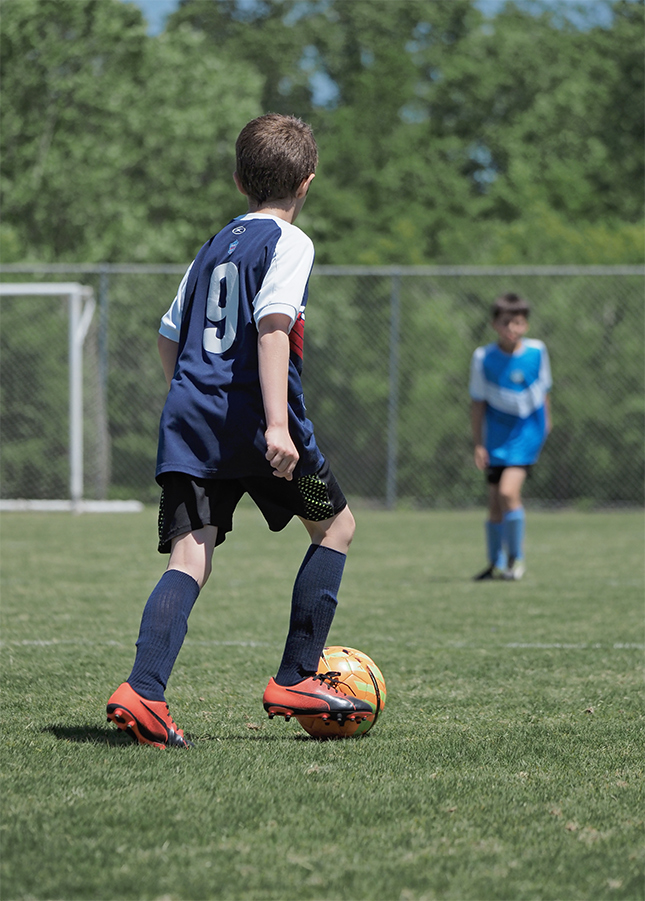
I chose this image to showcase the type of subject-to-background isolation potential you can expect here from the Micro Four Thirds system. Full Frame systems are coveted for this facet, but it's nice to know that you can achieve good shallow depth of field with a much smaller and lighter rig.

I used tracking AF and single point C-AF for most of the game, primarily just following the ball.
For overall keeper ratios I stayed well above 50%, going as high as perhaps 80%, which is what I've come to expect from better mirrorless cameras like the E-M1X, E-M1 II and cameras like the Fuji X-T3 when shooting sports and wildlife, especially with good ambient light. This combination therefore performed in the keeper arena just as I would hope for a "native" lens from Olympus. I've not yet found any mirrorless system to rival high-end sports DSLR's like the Nikon D5, Canon 1DX II and Nikon D500, as they are still the "state of the art" for sports and wildlife. The Sony A9 is reportedly quite fast in terms of sheer numbers, but I've not yet had the chance to try it in the field and hope to do so at some point soon.

Once again across the field, and the long range of this 100-400mm eq. lens came in handy. Olympus doesn't yet have anything as bright as f/4 at 400mm eq. range for the MFT mount. They of course have the awesome 300mm f/4 Pro which provides a 600mm eq. field of view, but that's too long to suit something like soccer, and I therefore am glad Panasonic stepped into the fold here.

And so, these two products from "rival" manufacturers performed admirably well together across several hours of boys soccer. And while this is certainly not Major League Soccer, it's still speedy and unpredictable. I found that the C-AF performance felt similar to what I've experienced with various Olympus Pro zooms, and I really just basically forgot that I was shooting a sort of "mixed marriage" for the day.
In short, this combination works well for general sports shooting, and was quite functional in the field. So if you have an Olympus body but need that classic 100-400mm eq. zoom range, this combo will certainly deliver the goods in the sporting and wildlife arenas.
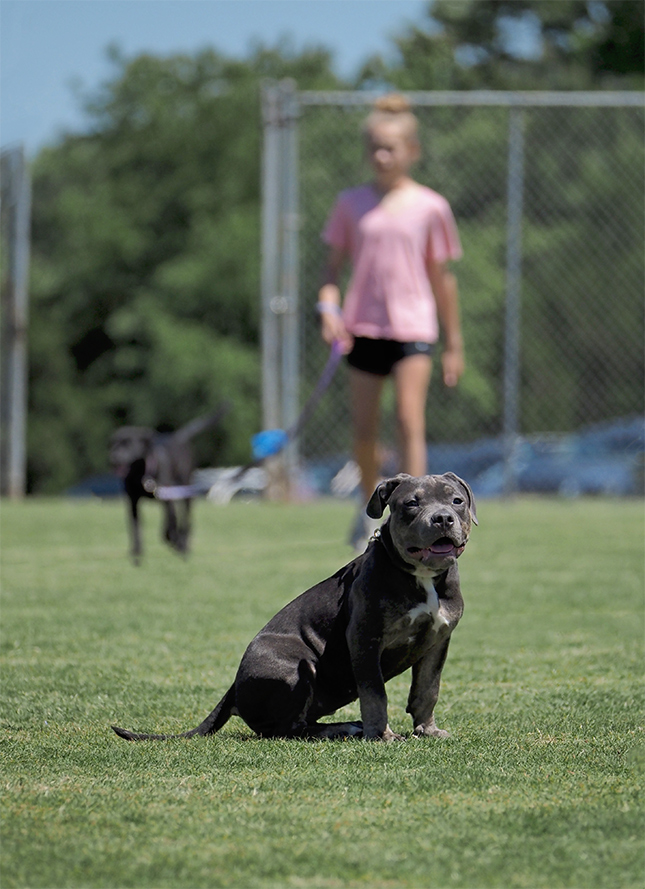
How about you? Have any of you experimented with a Panasonic lens on an Olympus body for sports/wildlife, or vice versa? If so please let us know how your combination did in the comments section below!
(Editor's note: Thanks to a reader comment for pointing out that Sync IS (camera + lens IS) will not function when using this lens on the E-M1X. But of course in-body IS still works for times when it is needed. I had it engaged here, but the shutter speeds were fast enough that it wasn't a factor.)
For access to the original images and EXIF data please dive into our E-M1X Gallery. And for more images from the 50-200mm please see that gallery as well!
Olympus E-M1X Gallery • Panasonic 50-200mm Gallery
• • •
Caffeine Priority is a series of short photo-tidbits to ease you into your day, and give us a chance to share a bit more of what life’s like here at IR. We're more like a group of friends testing and talking about cameras and lenses than the buttoned-down, big-corporation world that some of our photo-friends at other companies work in; hopefully these little snippets will share some of that. So... grab another coffee and join in the conversation with us down below!

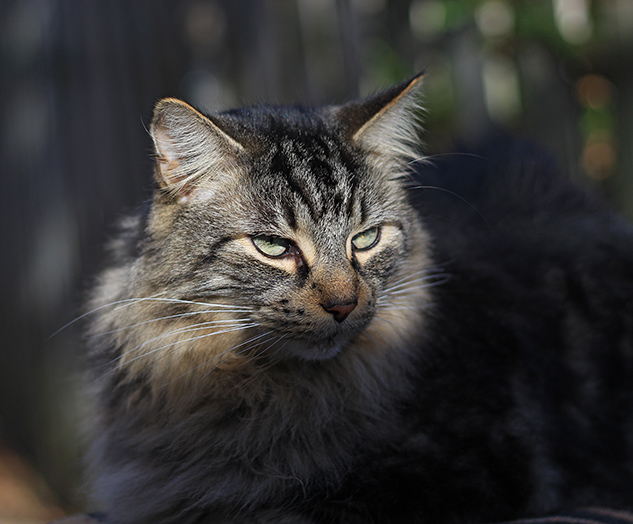
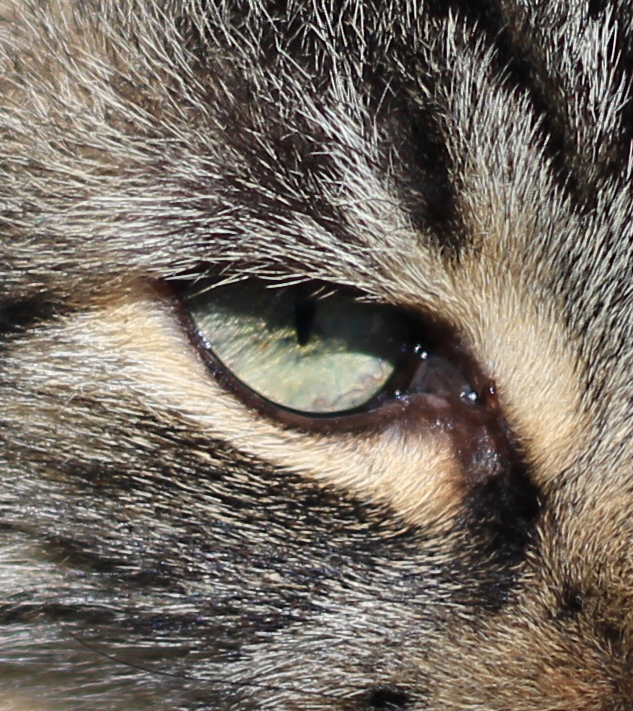
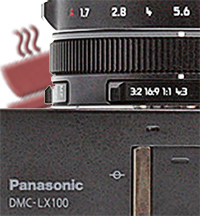




I chose this image to showcase the type of subject-to-background isolation potential you can expect from the Micro Four Thirds system in the sports world. Full Frame systems are coveted for this facet, but it's nice to know that you can achieve it with a much smaller and lighter rig in your hands.





1/5000s / f/3.6 / ISO 200 / 222mm eq.

Focus on this shot jumped to the defending player, but since he was near the focus point near center that's just the luck of the draw. I still like the shot, and it also showcases once again that the depth of field from this combination tends to be fairly shallow, which is both good and tricky.

